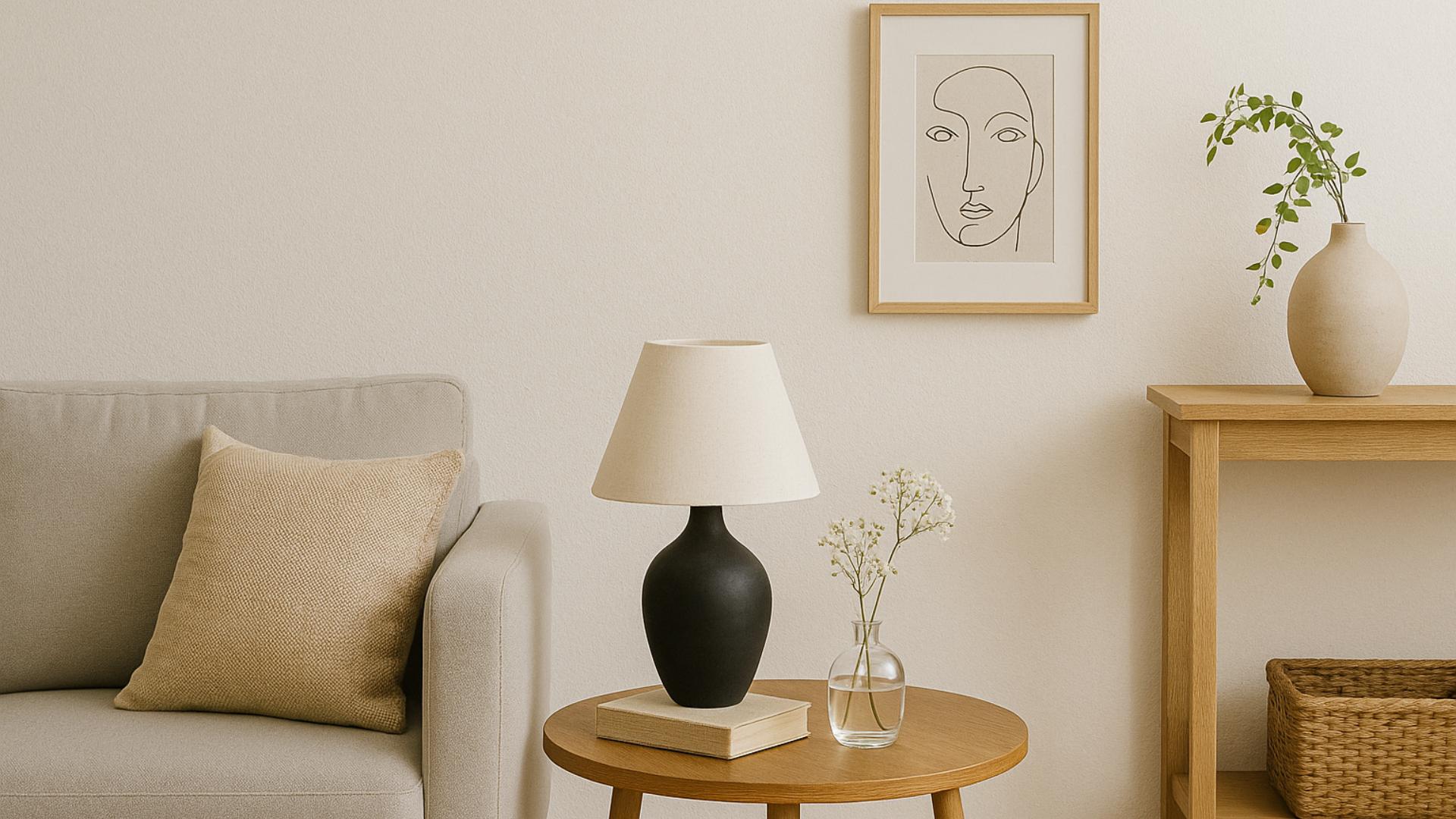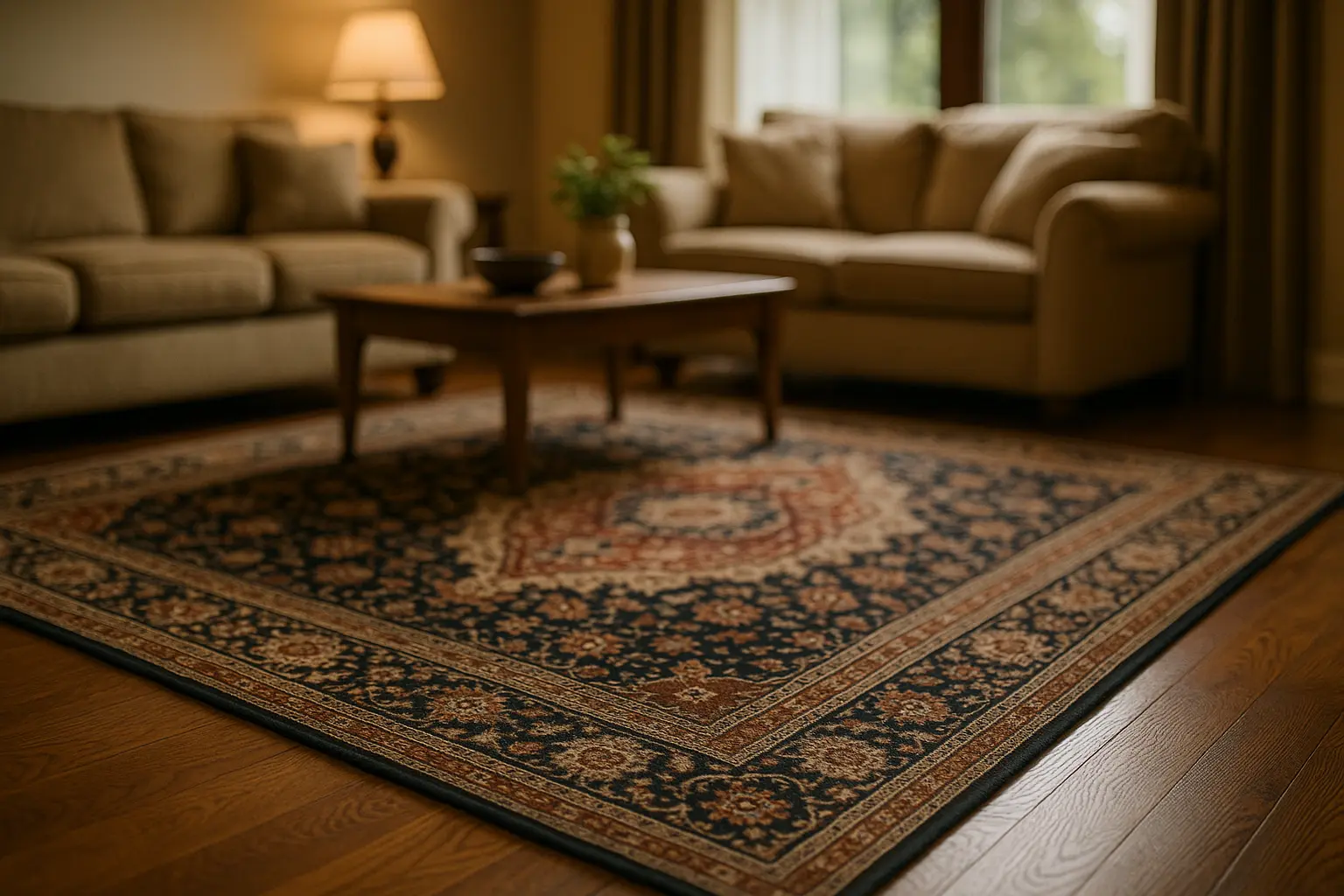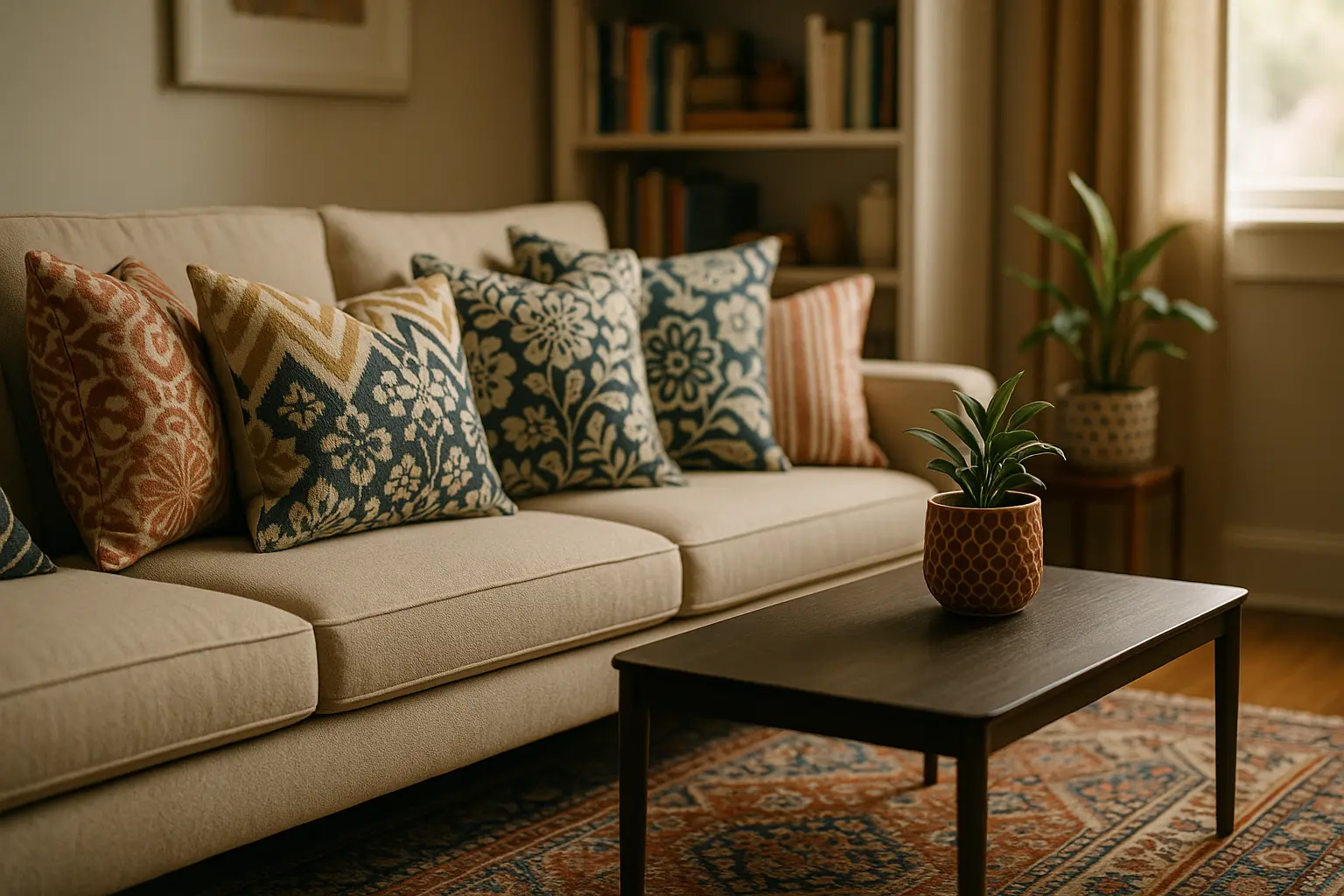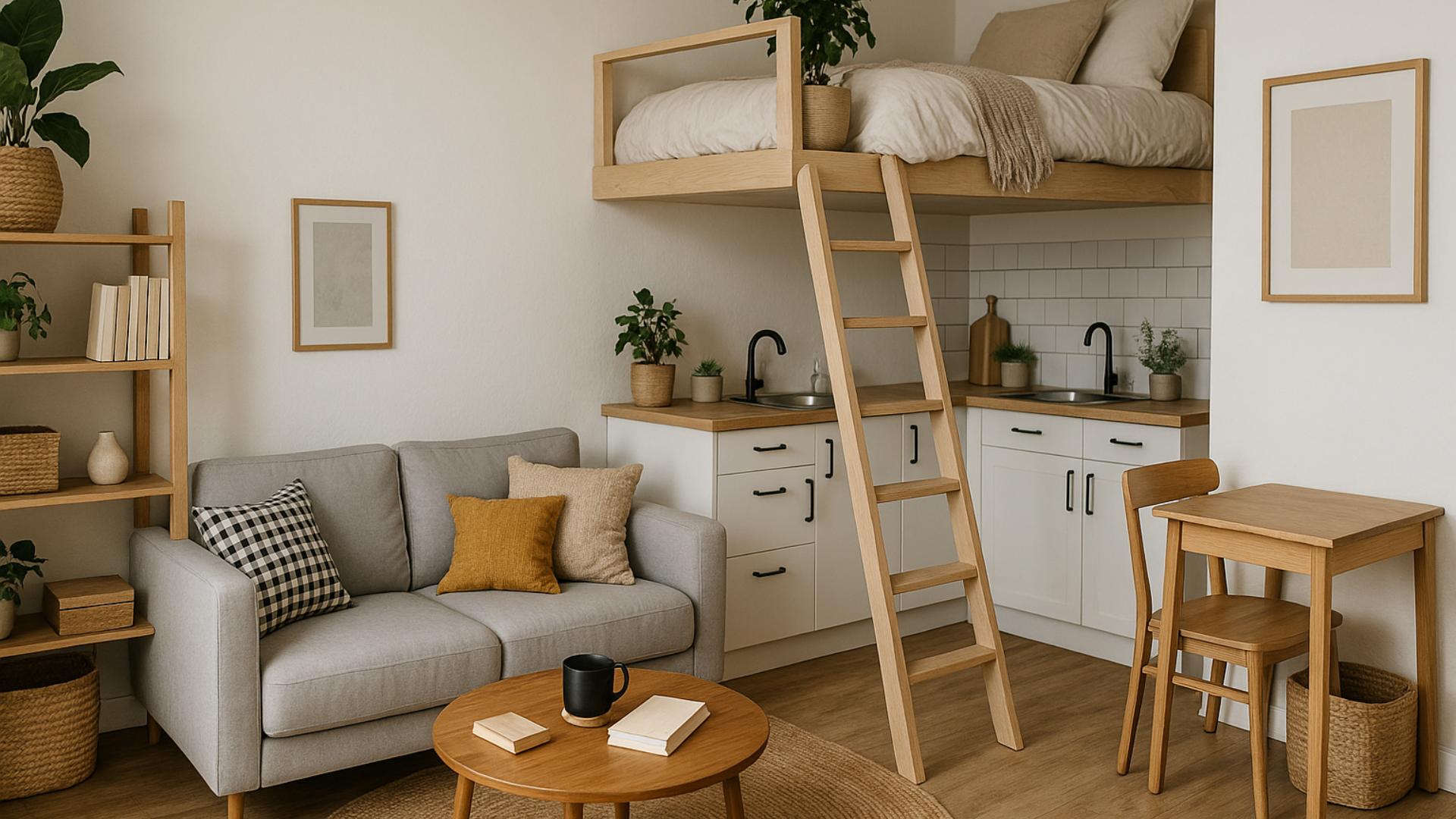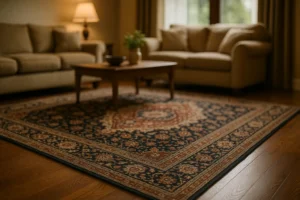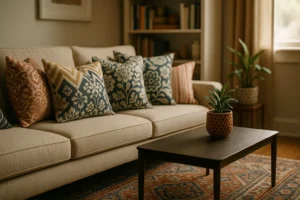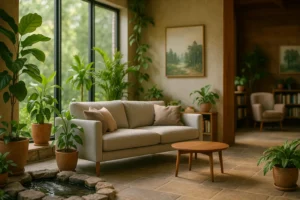Small Details That Change the Look of a Room
In the era of minimalism and modern design, how often do we overlook the power of small details that can transform a space? It’s fascinating how a few strategic changes can completely alter the ambiance of a room, making it feel more inviting and alive. As we step into 2025, let’s explore how we can use these little nuances to breathe new life into our living spaces. Armed with creativity and intention, we can make any room, whether it’s a tiny bedroom or a sprawling living area, reflect our personal style and flair. Ready to embark on this aesthetic journey? Let’s dive in.
Color: The Silent Game-Changer
Color has an unmatched ability to influence the emotion and atmosphere of a room. Whether you’re painting the walls or incorporating hues through decor, mastering the art of color can dramatically change how a space feels.
1. The Power of Paint
We often underestimate the impact of color on our daily lives. A fresh coat of paint can transform a room in ways that no other change can. Selecting the right shade can make a small space feel big and airy or a large area feel intimate and cozy. For instance, soft pastels can open up a room, while darker, richer tones can create a sense of elegance and sophistication.
2. Incorporating Accents
Beyond wall colors, use furniture and accessories to introduce pops of color. A vibrant couch or a bold rug can serve as a focal point, drawing the eye and adding depth to the design. Even the smallest items, like colorful cushions or vases, can add layers to a room’s personality.
3. Harmonizing Elements
Creating a harmonious color palette that flows seamlessly throughout the room can also help. This doesn’t mean everything should match; rather, it’s about creating a cohesive vibe. Use varying shades of a primary color to build unity while allowing some contrast to keep things interesting.
Furniture: Function Meets Flair
Furniture is the backbone of any room’s design. It’s where comfort meets style and function intersects with flair. Choosing the right pieces is essential in shaping the overall look and feel of a space.
1. Size Matters
When dealing with a small room, scale is crucial. Opt for furniture that fits well within the space, avoiding overly bulky or oversized items that can make the room feel cramped. Instead, look for pieces with a dual purpose, like a bed with storage or a coffee table that doubles as a desk.
2. Arranging for Flow
The arrangement can dramatically impact how a room is perceived. Create pathways and open spaces to encourage movement and make the room feel larger. Consider the flow of the room, ensuring that furniture placement complements the natural traffic patterns.
3. Style Statement
The style of the furniture should complement the overall theme of your space. Whether it’s mid-century modern, rustic, or eclectic, sticking to a coherent style will enhance the room’s aesthetic. Mixing textures and materials, like wood with metal or fabric with leather, can add visual interest and depth. {image_content}
Light: The Illuminating Touch
Light is the silent hero of any room. It can create illusions, highlight features, and set the mood. Mastering light is an art that can dramatically change the look of your space.
1. Natural Light
Maximizing natural light is a surefire way to make a room appear more open and inviting. Use sheer curtains or blinds that can easily be drawn to let in daylight. Position mirrors strategically to reflect light, making the room feel brighter and more spacious.
2. Artificial Lighting
Layered lighting is key. Combine ambient lighting like overhead fixtures with task lighting for specific activities, and add accent lights for decorative purposes. Consider using dimmers, allowing you to adjust the intensity based on your needs and mood.
3. Highlighting Features
Use light to emphasize architectural features or artwork. A well-placed spotlight can transform a simple wall into a gallery-like display. This not only adds an element of interest but also guides the eye, creating focal points in the room.
Textures: The Tactile Experience
Textures bring dimension to a room, adding a tactile experience that enhances the overall design. It’s about creating a multi-layered feel that invites touch and interaction.
1. Mixing Materials
Incorporate a mix of materials to achieve a balanced look. Combine soft materials like wool or cotton with harder surfaces like wood or metal. This interplay of textures can make a room feel more dynamic and engaging.
2. Layering Accessories
Introduce layers through decor items such as throw blankets, cushions, and rugs. These elements can bring warmth and comfort, especially in a bedroom or living area. Textured wallpaper or feature walls can also add depth and character.
3. Seasonal Adjustments
Change textures with the seasons to keep your space feeling fresh. In summer, opt for light, breezy fabrics, and in winter, switch to heavier, more substantial materials. These small changes can help keep your home feeling connected to the seasons, enhancing its overall ambiance.
Personal Touches: The Heart of a Room
Personal touches are what make a house a home. They reflect our personality and experiences, turning a generic room into a unique sanctuary.
1. Displaying Memories
Fill your space with meaningful objects that tell a story. Whether it’s photographs, travel souvenirs, or inherited pieces, these items bring sentiment and character to a room. Display them in creative ways, such as on a gallery wall or a curated shelf.
2. Incorporating Art
Art is a powerful form of expression that can elevate the mood of a room. Choose pieces that resonate with you, whether they are vibrant paintings, serene prints, or striking sculptures. Art can serve as a focal point, sparking conversation and drawing attention.
3. Custom Elements
Consider bespoke or DIY elements that add a personal flair. Custom-built furniture, hand-painted murals, or even a self-stitched quilt can infuse a space with individuality. These touches not only make a room feel lived-in but also uniquely yours.
In our journey to redefine our living spaces, every small detail counts. From colors and textures to lighting and personal touches, these elements work in concert to create a room that not only looks beautiful but feels right. It’s about curating an environment where we can relax, rejuvenate, and feel truly at home. As we continue to evolve our spaces, let’s remember that the heart of good design lies in the details—those small changes that make a big difference.
FAQ
What are some simple ways to enhance a room’s appearance without major renovations?
Consider adding new throw pillows, updating your lighting fixtures, or incorporating a statement rug to bring a fresh look to the space.
How does the choice of color impact the overall feel of a room?
Color can significantly influence the mood and ambiance. Lighter shades can make a space feel airy and open, while darker tones add warmth and coziness.
Are there any small decor items that can make a big impact?
Yes, items like art pieces, decorative vases, or unique lamps can serve as focal points and bring character to any room.
Can changing window treatments alter the look of a room?
Absolutely. Switching out curtains or blinds for new ones can dramatically shift the room’s style, add privacy, or control the amount of natural light entering the space.
How can rearranging furniture change the feel of a room?
By altering the layout, you can create more space, improve flow, or highlight different features of the room, making it feel refreshed and functional.
